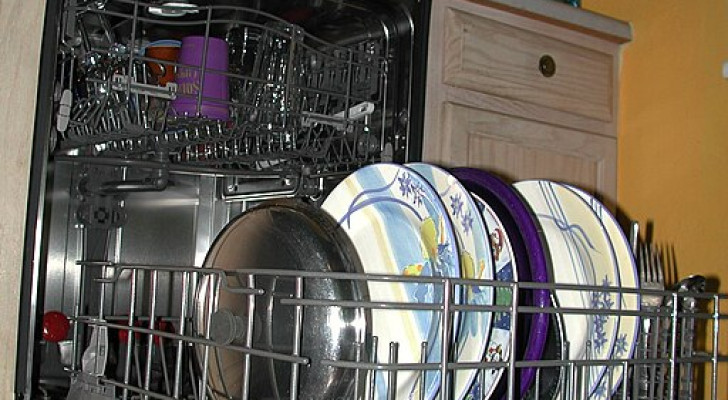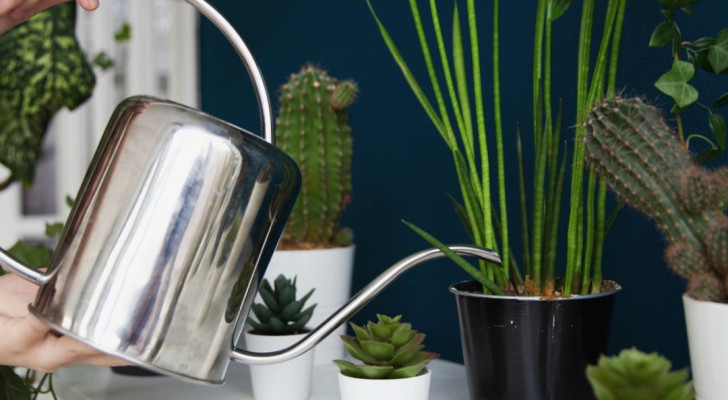Shades of lavender: 10 beautiful varieties to chose from to enhance your garden
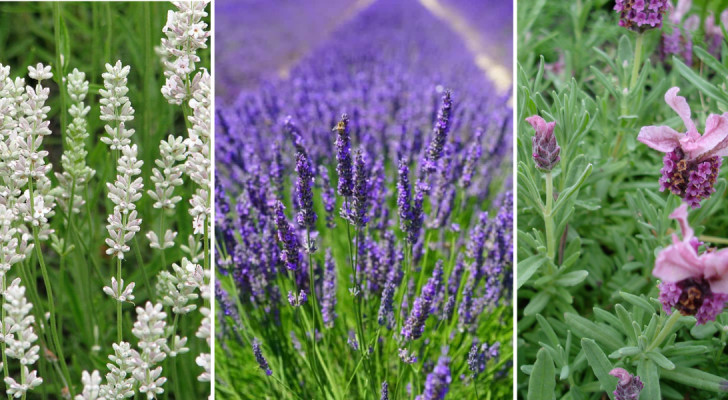
A small, woody shrub native to the Mediterranean, lavender is one of the most popular plants found in gardens around the world and is much beloved for its evergreen foliage and its colorful, fragrant flowers.
Robust and very easy to raise, lavender resists heat and cold very well, loves sunny locations and well-draining soil. There are about 25 different varieties of lavender, which differ mainly from each other in the shape of their leaves and the shape and color of their flowers. Below, we list 10 of the most beautiful lavender varieties:
1. Classic lavender
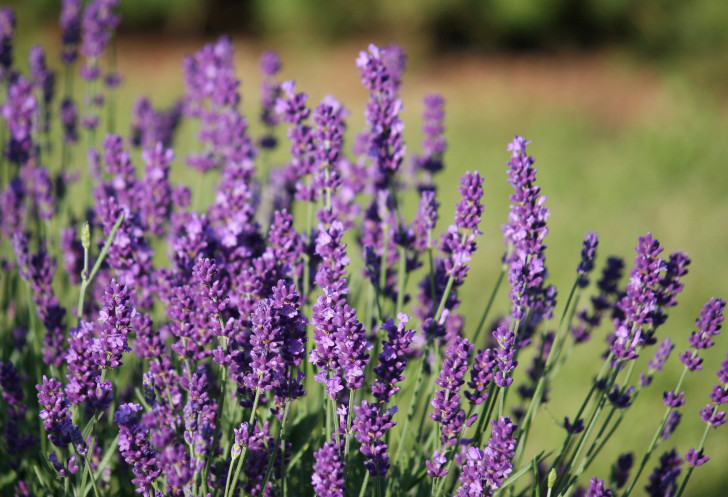
The most classic of the lavenders is the species L. angustifolia, also known as the "true" lavender due to its widespread use in medicine and cosmetics. It requires very little care and is characterized by having long, unbranching stems with spikes of purple flowers at the ends.
2. White lavender
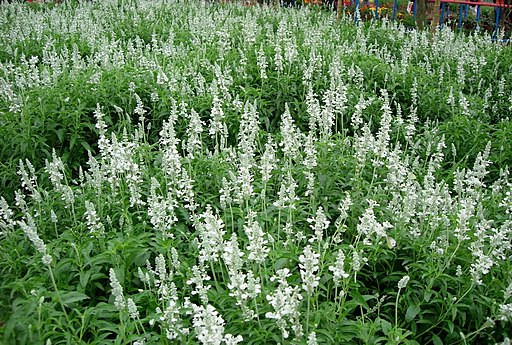
Lavender angustifolia var. Edelweiss (White lavender) is characterized by its rotund shape, rapid and uniform growth, and its white flowers with light blue or lilac undertones. White lavender shrubs are small - not usually exceeding 60-65 cm in height - and blooms between June and August.
3. Wild lavender
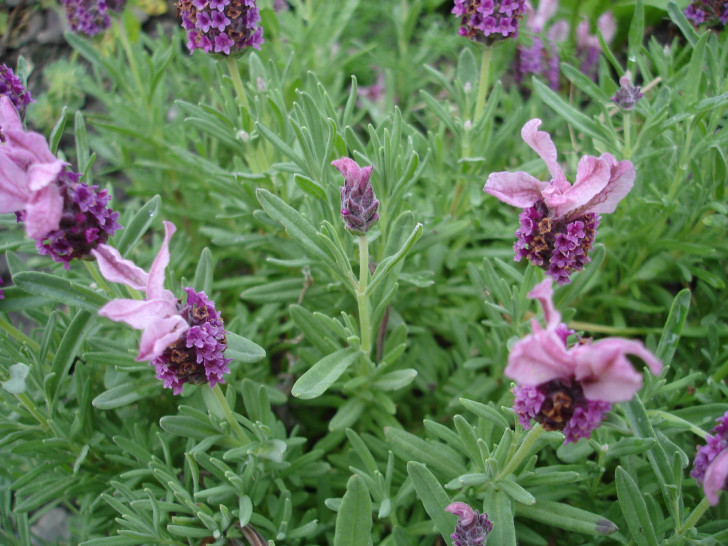
Wild lavender (L. stoechas) is the most fragrant of the many lavender varieties and is particularly appreciated for its long flowering period. Native to Provence - where it grows near the sea - this plant is resistant to saltiness in the air. Wild lavender grows as a small shrub (up to 40-60 cm in height) and are particularly suitable for setting up borders in Mediterranean gardens.
4. English lavender
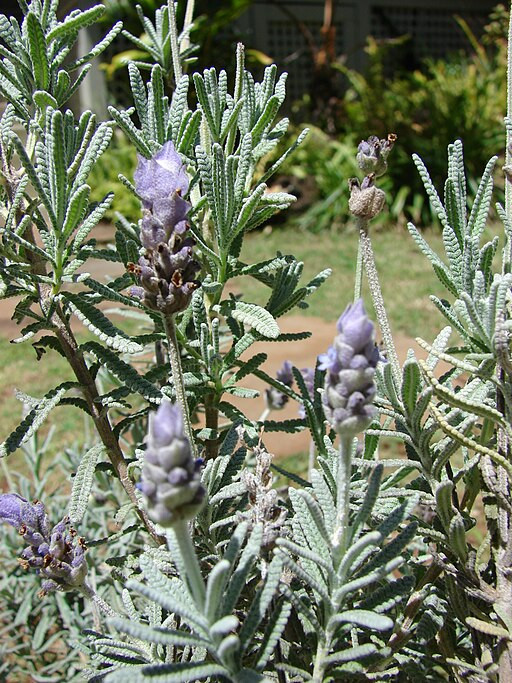
Forest & Kim Starr/Wikimedia Commons
Species L. dentata is commonly known as English Lavender and is characterized by its grayish leaves with serrated edges and its blue-violet flowers that grow on thin spikes. It blooms during July to August and is vulnerable to frosts (needing to be raised in temperatures above 5 degrees C).
5. Spanish lavender
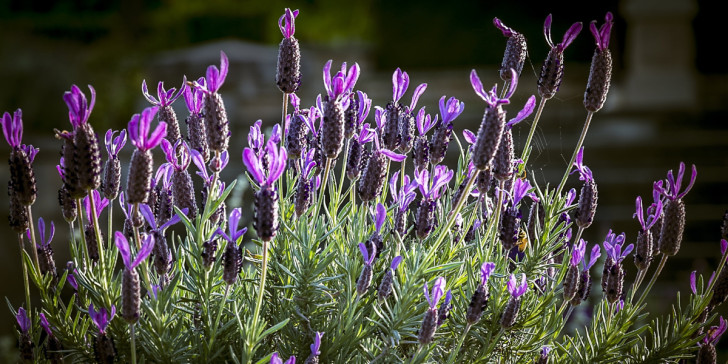
L. stoechas "Ballerina" is a variety also known as Spanish lavender. This variety is characterized by having bi-colored flowers: the upper part of its flowering spikes have large, white flowers which turn pink and then purple as they mature; the lower part of the spikes, however, only bear smaller, purple flowers. Spanish lavender is particularly suitable as an ornamental plant due to the beauty of its flowers and its strong, pleasant scent.
6. Hybrid lavender
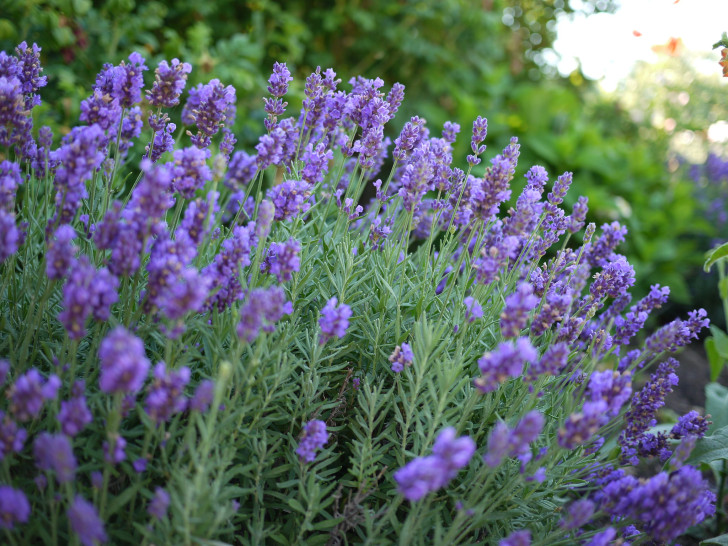
L. X intermedia is a hybrid species of lavender created for cultivating in gardens, but is also used extensively to make cleaning detergents (but not for medicinal purposes, however). Its scent is more intense than that of "true lavender" (see above) and can only be propagated from cuttings.
7. The largest lavender
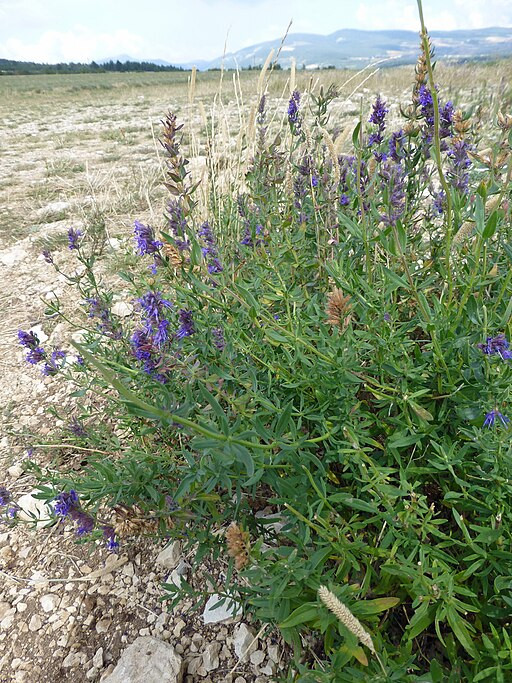
L. latifolia (aka Portuguese lavender) is a less popular species due to the high percentage of camphor it contains and its weak fragrance. Much bigger than the other lavender varieties, Portuguese lavender is appreciated for its ability to attract bees and keeping mosquitoes at bay. Portuguese lavender blooms in late summer and has blue-violet flowers.
8. Provencal lavender
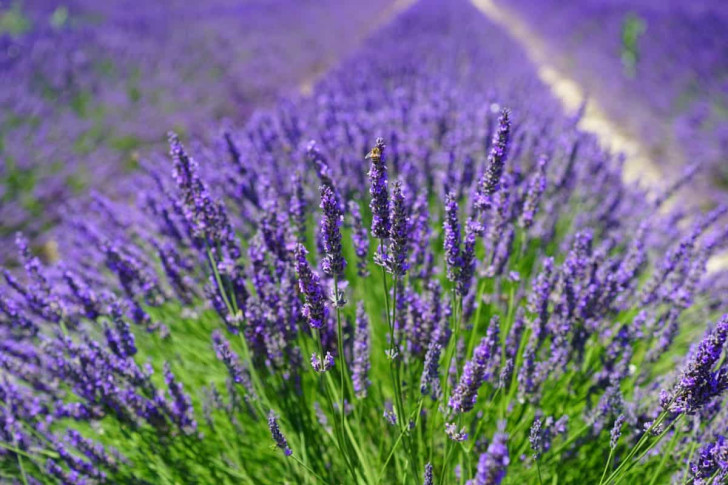
A variety iconic to Provence, L. X intermedia "Grosso" (aka Fat lavender) grows to dimensions which are larger than most other lavender varieties. This variety is prized for the abundant yield of essential oil it produces. A very aromatic plant, Fat lavender is eminently suitable for use as a border plant in gardens.
9. Rose lavender

Agnieszka Kwiecień, Nova/Wikimedia Commons
Rose lavender is a variety characterised by having spikes with very fragrant, light pink flowers, and is perfect for establishing borders in gardens.
10. Dwarf lavender
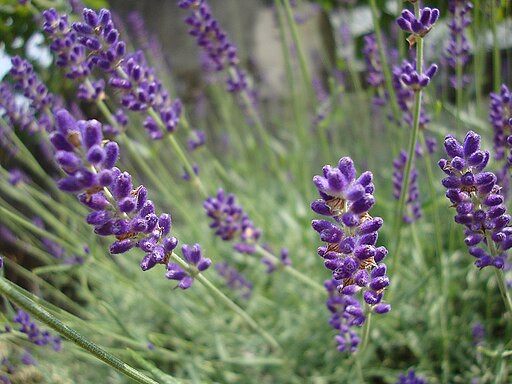
Irene Grassi from Italy/Wikimedia Commons
Dwarf Lavender (L. angustifolia "Hidcote") is one of the most commonly found of the lavender varieties. This variety is compact and is perfect for setting up garden borders and decorating flowerbeds. Its flowers are dark blue and bloom in autumn, keeping their color even after they've dried out.
Which variety of lavender do you prefer?
